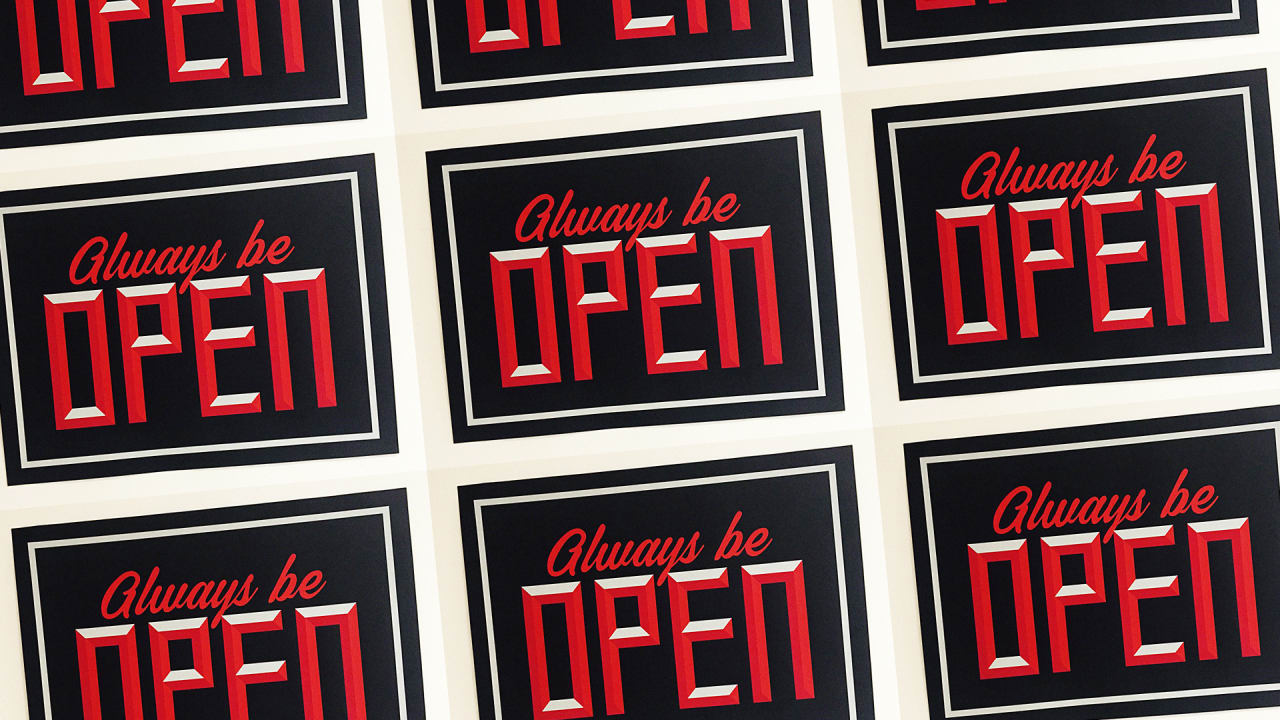

“We must acknowledge what it means that a Black and South Asian woman is the vice presidential nominee for the Democratic Party - that’s a huge thing,” she said. The dominance of the focus on Harris’ ancestry in coverage is unsurprising, Lindsey said, given the historic nature of her candidacy as the first woman of color to be nominated for national office by a major political party. And 20th century pop culture portrayals of Black women strengthened its popularity, Lindsey added: In particular, the character of Sapphire in the radio and television sitcom “Amos ‘n’ Andy,” who was portrayed as nagging and aggressive, gave rise to a stereotype of the same name - which became a synonym for "angry Black woman." Especially during Reconstruction, the trope served to continue the dehumanization of Black women following slavery and to reify white womanhood, Lindsey said. The "angry Black woman" trope that plagued Harris’ characterization in a quarter of the analyzed coverage has deep historical roots, according to Treva Lindsey, an associate professor of women’s, gender and sexuality studies at Ohio State University. In the report, NBC was listed as one of the outlets that covered Harris’s potential to help boost Black voter turnout in the South, published an op-ed on the biased rhetoric she would likely face on the campaign trail, and reported Trump's reaction to Harris's nomination by using language aligned with the “ angry Black woman” stereotype. The 661 articles, split between coverage in 2016 and in 2020, were sourced from news outlets including NBC News, ABC News, CNBC, The Wall Street Journal, The Washington Post, The New York Times and others. The organization commissioned the research and analytics firm Edelman Data and Intelligence to compare how Harris, Pence and Kaine were portrayed in news media coverage during the week before, and the two weeks after, their announcements as running mates.

“It’s time for women to be judged on their merits - and for the media to take a critical look at their biased coverage.” “When women, and especially women of color, run for office, they are subjected to a double standard that has nothing to do with their qualifications and everything to do with this country’s history of racism and sexism,” Tina Tchen, the organization’s president and CEO, said in a statement about the report. The report was published as part of Time's Up Now’s recently announced nonpartisan We Have Her Back initiative, which aims to raise awareness of how sexism and racism affect coverage of female candidates.

But most biased coverage resulted from mainstream news outlets perpetuating racist and sexist storylines: References to the "birtherism" conspiracy theory, for example, appeared in 10 percent of all coverage.īy contrast, the 2016 veepstakes coverage overwhelmingly described Pence and Kaine as “experienced” and “safe” choices - while Harris drew more negative adjectives, including sexist and racist language.Īt a time when the journalism industry faces its own reckoning over race and racism within the industry, the report shows the persistence of sexist and racist biases in both media and politics, and the unique blend of both that Black women experience - a combination dubbed " misogynoir" by Moya Bailey, an assistant professor of Africana studies and women’s, gender and sexuality studies at Northeastern University. Some journalists also contributed to it - albeit less than Trump did overall - by characterizing Harris as “uncooperative” and “unlikeable,” the report noted. News Trump deploys 'angry Black woman' trope against Harris


 0 kommentar(er)
0 kommentar(er)
